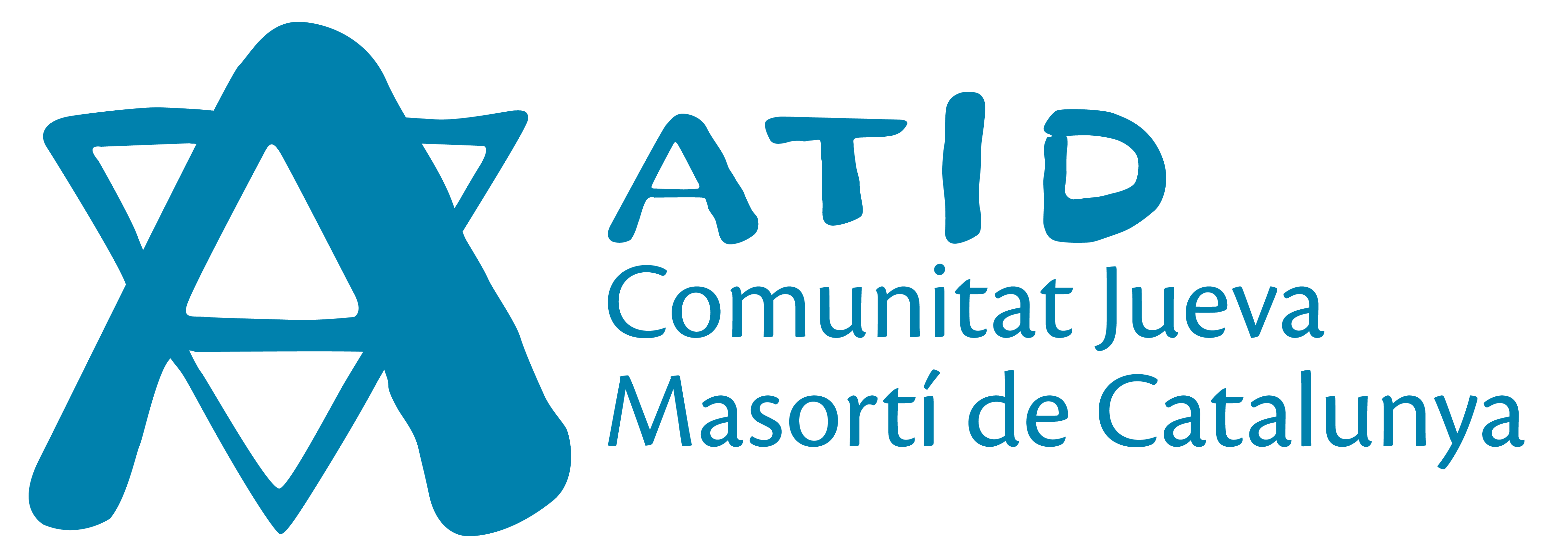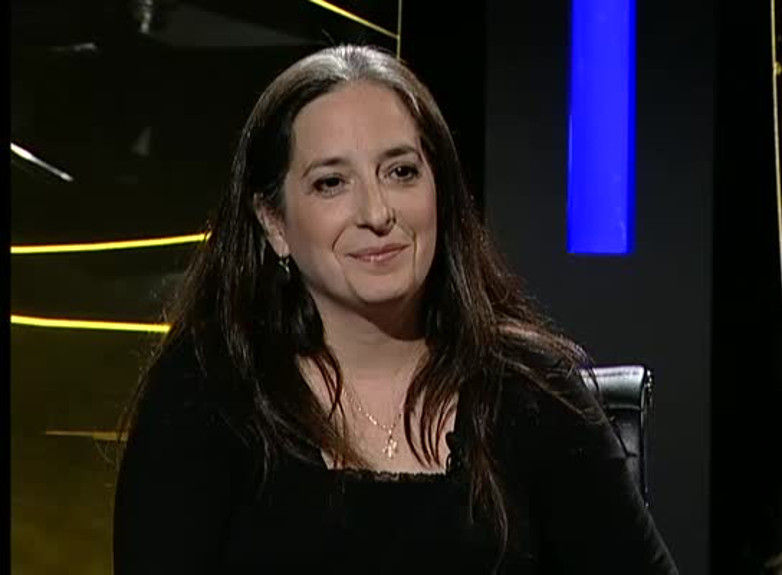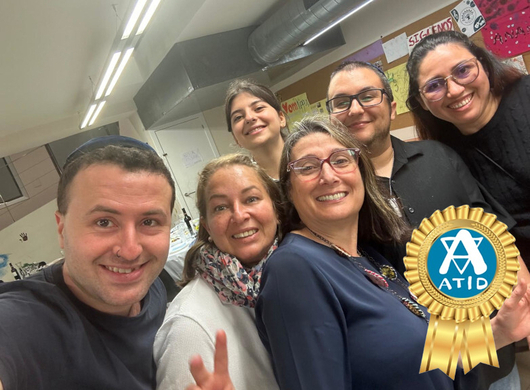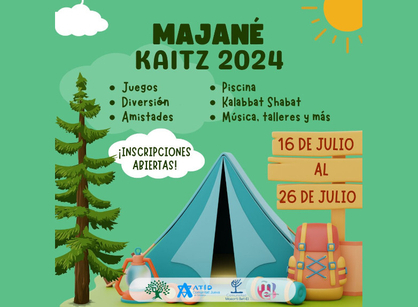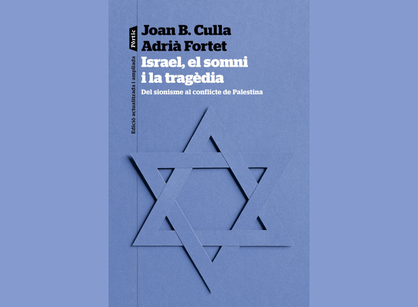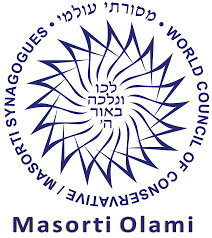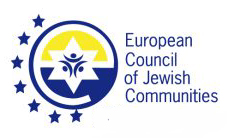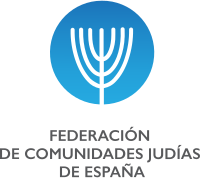Fight against all kinds of racism or exclusion
In September two great Jewish holidays come. The first is the Rosh Hashanna and the second the Yom Kipur. Moriah Ferrús, director of religion and worship of our community, tells us more about these celebrations
What does it mean and how do you celebrate the new year?
Roix Ha-Xanà literally means New Year's Eve. It is a feast that begins on the first day of the month of Tixré, month that usually falls in mid-September or early October. The months in the Jewish calendar begin when we can see the moon that begins to grow in the sky. This year, we will celebrate Roix ha-Xanà on September 20 when the night falls, and we will celebrate it two days, all day 21 and all day 22. According to tradition, in Roix ha-Xanà we celebrate the creation of man and the woman on the sixth day of creation. Thus we recognize God as the creator of all creation. We start the year wishing us 'Xanà tovà umetukà' that we could translate as 'you have a good and sweet new year', and it is usually used to eat applesauce with honey. Also in Roix Ha-Xanà is the xofar, which is a kind of very ancient liturgical instrument made with an animal horn. In fact, one of the New Year precepts is to hear the sound of the chafing.
Ten days later, celebrate Yom Kippur. How should we understand the expiation in the 21st century?
It is a really interesting question: how to adapt the tradition to the new times and how to understand it without forgetting the essence. Our wise men tell us of venerable memory that there are two types of offenses and offenses to rectify: the commits between oneself and God, and the commits between oneself and their peers. Commitments to God may be forgiven on the Day of Forgiveness. Commitments with the like are not forgiven in Kippur, unless there is real repentance and there is a reconciliation between the parties affected. It is a good time, then, to take stock of everything that has happened in the last year, from Kippur last year to Kippur this year, to try to be aware of our acts and how they affect the other people and our environment. This reconciliation with God and with others, will determine the fate that we will perform in the year just beginning.
Are there differences in the celebration of these festivities in Jewish communities in Catalonia?
There are certainly differences, the result of the diversity that our communities enrich so much. In the Jewish world there are two great rites, Sephardic and Ashkenazi. This is in itself a big difference. Just to give an example, Sephardic Jews often recite selikhot, liturgical compositions typical of these festivities to implore divine mercy and forgiveness, forty days before Kippur. Instead, the asianzita world begins to recite them a few days before the big party. On the other hand, each community has its special customs and its particularities. What is true of the liturgy is also true of the kinds of meals, the songs that will be sung and the way of celebrating the party. But all this is an example of the innate diversity of the Jewish people.
What characterizes the ATID Community within Catalan Judaism?
We could define Atid as a respectful community with diversity, in every way. Our society is changing at accelerated steps and I believe that communities have to be up to date with these changes and, also, we must be constantly changing in order to be able to flow with the times we live in. From my point of view, and seeing and analyzing the Jewish reality in countries with more Jewish population than in Catalonia, I believe that the central challenges for the future are, among others, the acceptance of women in public life and liturgical of the synagogues as much as possible, the inclusion of traditionally excluded collectives, such as the homosexual Jewish male collective, and the management of Jewish family diversity. Our synagogues must be places of welcome and places where, with the Jewish law in hand, we provide solutions to the problems of the people. It is not always easy, certainly, but Atid we are well aware of the future challenges and we try to face them in the best possible way.
Atid is defined as a traditional and egalitarian community. What does this represent for women?
Certainly, we like to define ourselves as a community that is both traditional and egalitarian, a community that, on the one hand, is firmly rooted in our inherited millennial tradition and, on the other hand, with a firm conviction of adaptation to modern life . For centuries, and in most civilizations, cultures and religions, women have been systematically separated from public life. In the last century, women have been joining in those public spaces that were previously only male territory. Judaism has not been left out of this emancipation. Today, we can see women presidents of Jewish communities, and no one calls their hearts to heaven. We can also see community directors who are women, and it also seems the most normal in the world. Now ... when someone who heads the religious life and the liturgical services of a community is a woman, the alarms are already beginning to jump. At this point, we begin to protect ourselves in the Jewish law, to parapet us in the tradition and look for a thousand explanations to make the woman out of the synagogic public space. And the opposite, precisely, is what should be true: to protect us from the Jewish law and to parapet us into the Jewish tradition in order to achieve the inclusion of women in the maximum possible spaces in our synagogues .
What is your involvement with the community? What responsibility do you develop?
At the moment I am the Director of Education and Worship of Atid. This translates to taking charge of the liturgical, religious and educational life of the community. As for the liturgy, it is a matter that really appeases me. So much so that I have been a member of EAJL, the European Academy for Jewish Liturgy, based in London, the center of reference for Jewish liturgical singers. As Hazan, trade the religious services of Xabat, the main parties and also the High Festivities, such as Roix Ha-Xanà or Kippur. At the religious level, I take care of everything that has to do with the Jewish life cycle. Our Community Atid is very lively: every year we have many events like births, Bat or Bar Mitsvà, weddings and also, unfortunately, some death. I also accompany those people who want to convert to Judaism. Atid offers all kinds of classes and courses during the week, such as modern Hebrew, liturgical Hebrew, Talmud classes, Jewish law classes, the conversion course, weekly Torà classes. Our weekly activities are open to both Jewish and non-Jewish audiences.
What are the main challenges of Judaism in Catalonia? Do you have long-term projects?
I believe that, after the terrorist acts lived in Barcelona and in Cambrils this August, as a minority religious community in Catalonia, we must work to fight against any kind of racism or exclusion in Catalonia. We must do all we can to eradicate Islamophobia, gyrophobia or judeophobia in our society, in any of its modern varieties. We have to do it, and we have to do it together. We must lose fear of another, we have to create spaces for sharing and coexistence, for ourselves and for future generations. Catalonia has always been a land of welcome, and we must do everything possible to continue like that. In this regard, I want to publicly praise the work you do from Religious Affairs. Always count with Atid as needed.
Xalom and Xanà Tovà uMetukà 5778 to everyone!

